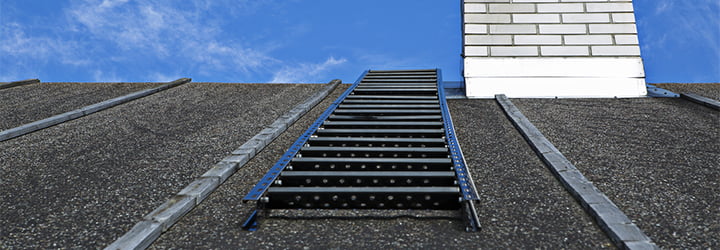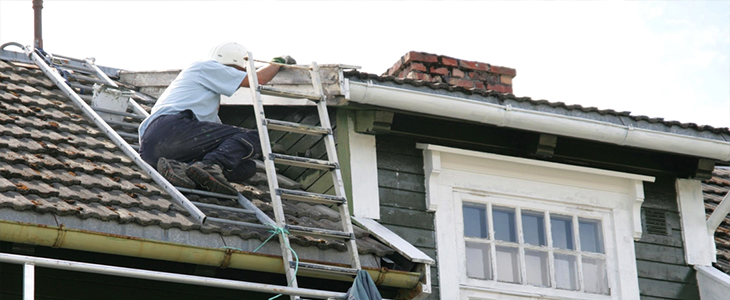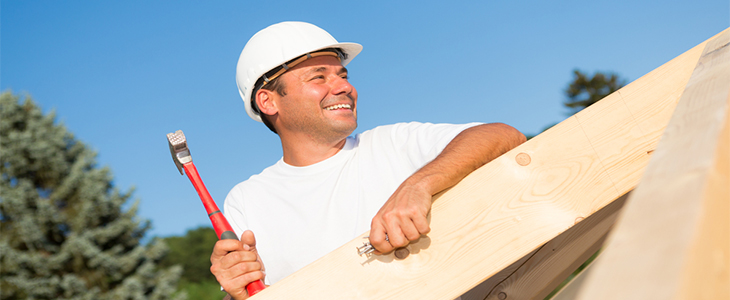Safe use of roof ladders
01/02/2016

Working at a height can be dangerous; throw in the potential risks of roof work and you can have a recipe for disaster. Falling or slipping from a roof inevitably causes serious injury, and sometimes death. According to the HSE, a quarter of falls in the construction injury are from roofs, many of these being serious. While there are a number of reasons why these falls happen, one of the major causes is the improper use of roof ladders at the edge of roofs. With this in mind, we’ll be sharing our top tips for the safe use of roof ladders in today’s blog – revealing the things you need to look out for and the precautions you need to take.
A roof ladder is simply a ladder with two hooks attached on the end. The hooks allow the ladder to attach to the peak of a roof, securing it and making it easy and safe for a person to move up and down the roof, while giving a base to balance and complete work from.
When working from a roof ladder the following points need to be considered:
Using the right ladder for the job
When working on a roof you can’t just use any old ladder. You need to use a roof ladder, specifically designed for that purpose. It must also be long enough for the job. Once set up, there should be least three rungs sat above the gutter and the two ladders must be securely linked together using roof ladder link clamps.
Some of our recommended products include:
- Lyte Aluminium Single Section Roof Ladders
- Chase Industrial Aluminium Double Section Roof Ladders
- Werner Folding Roof Ladder
Placing the ladder into the proper position
To get the roof ladder in place take advantage of its design and use the wheels to allow you to push it up the roof. When the wheels reach the top of the roof ridge you can simply turn the ladder over and hook it securely on the ridge of the roof.
Safe use of the ladder, moving up and down with caution
Always make sure you have a secure footing on the lowest rungs before moving. Keep a firm grip on the rungs too, with your hands. It’s also important to avoid carrying too much additional weight, as this could increase your chance of a fall. Furthermore, any tools and materials you do decide to carry should be secure.

Consideration of external variables, including the weather
If bad weather is forecast for the day you are due to work, use common sense and don’t work on the roof. Poor weather affects grip and balance and further increases the chances of an accident.

To find out more about any of the products mentioned today take a look at their product pages. You might also like to refresh your knowledge of working safely from a height with one of our safety training courses. Our offerings include Working at Height Training, Ladders & Steps Training, and many more. To find out more head over to our Safety Training page or call our Course Enquiries team on 01282 615517.
Do you have any other safety tips when it comes to working safely on roof ladders? If so, leave your advice in the comments below, or tweet your top tips to us @BrownsLadders